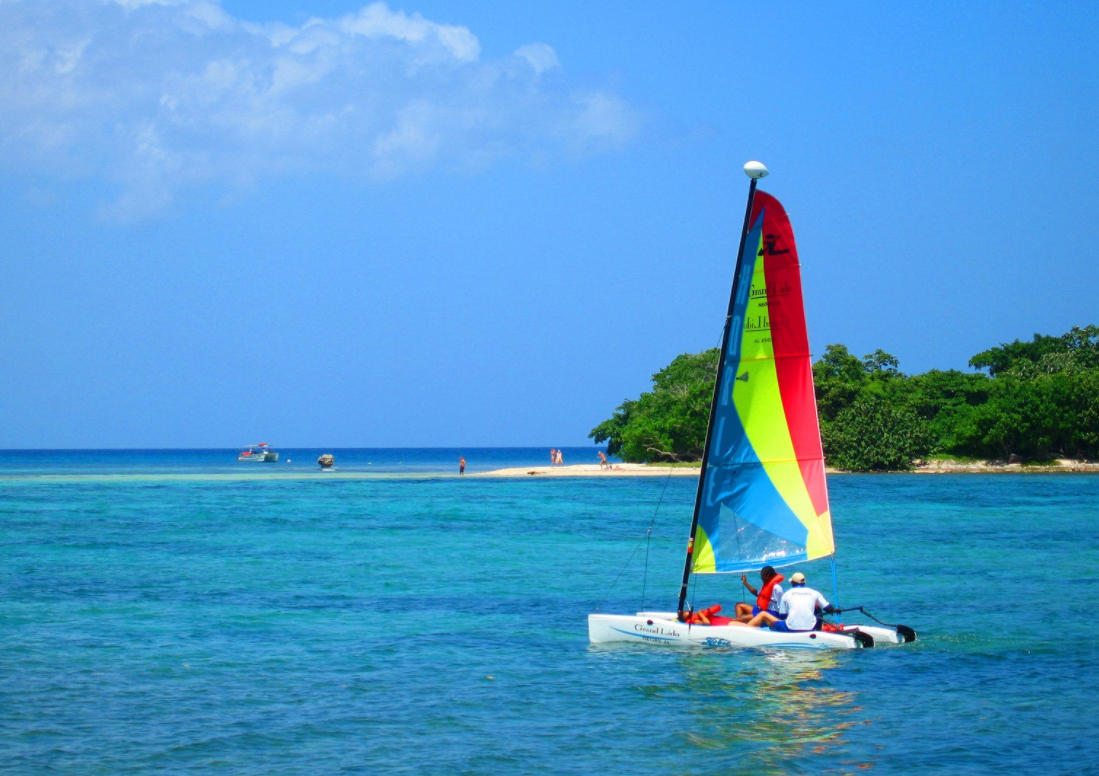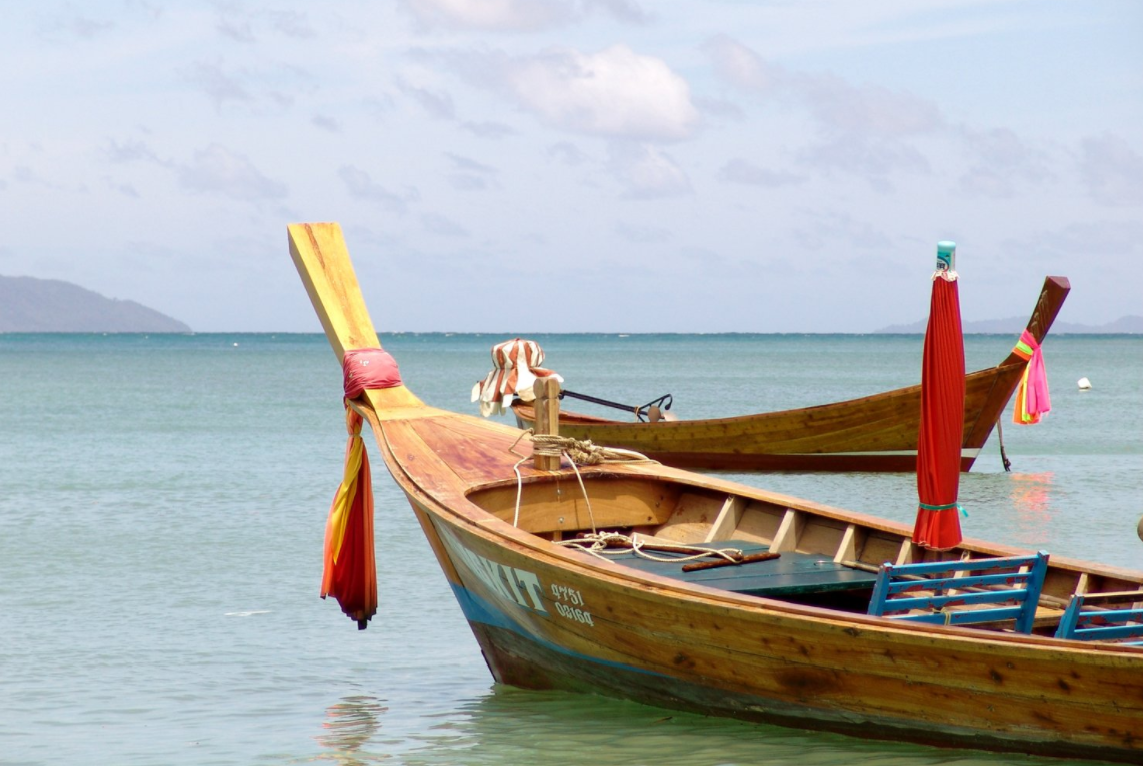
The Santa Maria, full name: La Santa Maria de la Inmaculada Concepcion, which roughly translates into: The Holy Mary of the Immaculate Conception, was the largest of all three ships that were used by Christopher Columbus when he took his first voyage across the Atlantic ocean in 1942, the master and owner of the ship was Juan de la Cosa.
Built in Pontevedra, Galicia, in the North-West of Spain, the ship is theorised to have been a medium-sized carrack, being approximately 18 meters long, with historian Juan Escalante de Mendoza stating in 1575 that the ship weight approximately 100 tons. The other ships that Columbus bought with on his expidetion were smaller caravel-type ships. The voyage was not particularly well funded and all of the ships were at least second-hand, with some speculation by historians that they may even have been third-hand. The ships were not designed properly for exploration and were designed as modestly sized merchant vessels. Unfortunately the exact dimensions of the ships have been lost to time, but some anecdotal accounts from the voyage do remain. Historians have put those accounts together with ship wrecks from the same time period in order to obtain rough dimensions for the ships.
The Santa Maria had three masts, making it the slowest of the  three ships during Columbus’ expedition, but this helped it fare well on the Atlantic ocean. The initial crossing went well, but the return crossing was when disaster struck. Columbus had decided to sleep, as he had not done so in at least two days, leaving his steersman in charge of the ship. Given that the night’s weather happened to be particularly calm, the steersman decided to allow a cabin boy to steer the ship, a practice that Columbus would never have allowed had he been awake. The cabin boy’s lack of experience at the helm, the ship ultimately was carried onto a sandbank and ran aground on a site near Haiti. The ship proved to be unrepairable and sank the next day, with Columbus ordering the ship stripped of timber in order for a fort to be built. The exact wreckage for the ship has never been fround, although a number of dive teams have attempted to do so. The closest that any team has come so far was on the 13th of May in 2014, when underwater archaeological explorer Barry Clifford claimed that his team had found the original wreck of the Santa Maria. The claim was studied in great detail by UNCESCO, but in the following October, UNESCO published a report stating that the ship cannot have belonged to Columbus. This was due to fastenings that had been used in the hull of that particular ship which dated back to the 17th or 18th century.
three ships during Columbus’ expedition, but this helped it fare well on the Atlantic ocean. The initial crossing went well, but the return crossing was when disaster struck. Columbus had decided to sleep, as he had not done so in at least two days, leaving his steersman in charge of the ship. Given that the night’s weather happened to be particularly calm, the steersman decided to allow a cabin boy to steer the ship, a practice that Columbus would never have allowed had he been awake. The cabin boy’s lack of experience at the helm, the ship ultimately was carried onto a sandbank and ran aground on a site near Haiti. The ship proved to be unrepairable and sank the next day, with Columbus ordering the ship stripped of timber in order for a fort to be built. The exact wreckage for the ship has never been fround, although a number of dive teams have attempted to do so. The closest that any team has come so far was on the 13th of May in 2014, when underwater archaeological explorer Barry Clifford claimed that his team had found the original wreck of the Santa Maria. The claim was studied in great detail by UNCESCO, but in the following October, UNESCO published a report stating that the ship cannot have belonged to Columbus. This was due to fastenings that had been used in the hull of that particular ship which dated back to the 17th or 18th century.





